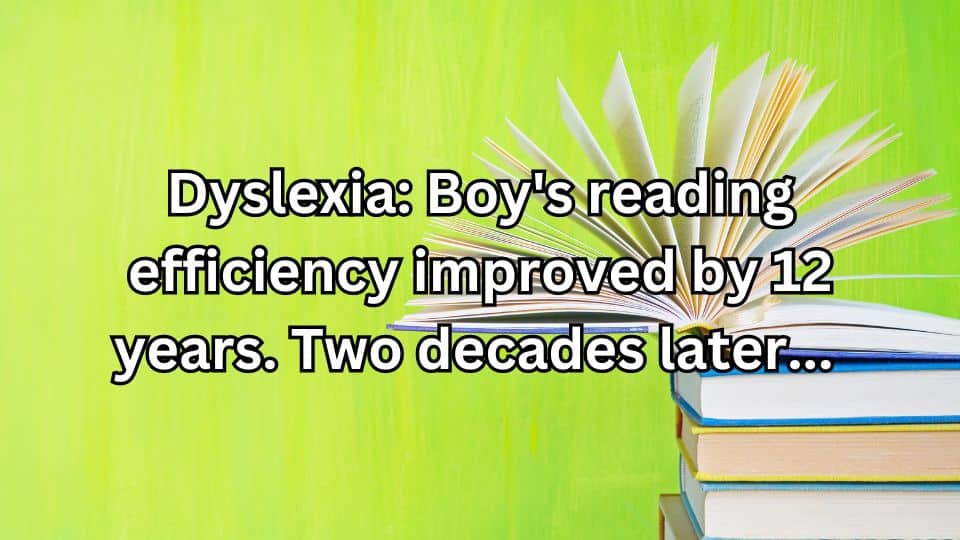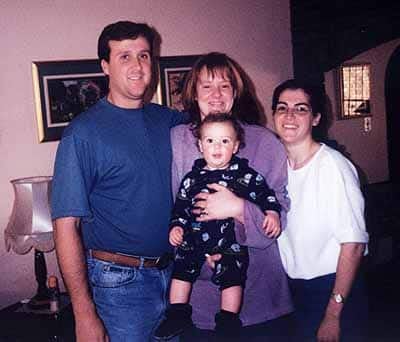
Reading and learning are the two things that determine a child’s success during his school career. First, they learn to read. Then, they read to learn. Reading is, therefore, of paramount importance in the educational process.
For children who severely struggle with reading, often termed dyslexia, going to school can be a nightmare. They can develop behavior problems due to their negative experiences at school. The stress and frustration they have to endure due to their poor achievement may cause them to be reluctant to go to school, to have temper tantrums before school, and sometimes even to play truant. Cheating, stealing, and experimenting with drugs can also occur when children regard themselves as failures.
Some would drop out of high school, limiting their chances for academic and occupational success. They might need assistance when filling out a job application form. They might need help reading precautions on poisonous household chemicals and instructions on medicine bottles, and be unable to help their children with homework or engage them in bedtime stories.
Dyslexia nightmare for Werner

Dyslexia turned school into a nightmare for Werner Louw. Because his IQ was tested at 148, the Louw parents found it strange that their son Werner would battle at school. And battle he did. The written word remained a closed book to him.
Werner attended Grade 3 in a remedial class for two years, after which he was placed in a school for learning-disabled children, repeating Grade 3 for the third time. He was diagnosed with a “minimal brain dysfunction.”
Although his parents went from pillar to post to try and solve his reading problem, nothing seemed to help. As he grew older, a sense of inferiority took hold, and he had to receive treatment for depression. “I didn’t know what to do or which way to turn. Nothing we did seemed to help his problem,” says his mother Nellie Louw. Therefore, with great skepticism, the Louw parents embarked on the Edublox program.
In Grade 10, reads like a Grade 2 student
Before Werner started with Edublox — at the time, he was in Grade 10 — his reading efficiency was assessed using an ophthalmograph or eye camera.
Reading efficiency is the speed at which a student can read and is a critical component of reading proficiency. An efficient reading process is fluent and feels easy and comfortable. Efficient readers can read for extended periods with good comprehension because they expend little energy on the mechanics of reading.
A poor reader will be inclined to pause more often for fixations. In simple terms, eye fixation refers to the point where your eyes take a rest during the reading process. People who tend to make fewer eye fixations during reading usually have a higher reading pace than people who make more frequent fixations.
Another difference between good and poor readers lies in regressive movements. All of us move our eyes backward from time to time when reading. Poor readers do it more often than good readers, but there is a further difference: good readers know where to regress to. They go back to the beginnings of phrases and sentences, and they can pick out important and difficult passages to reread (because that is what regressive movements amount to). Poor readers move their eyes back regardless.
Werner’s reading efficiency was found to be equal to that of a Grade 2 child. This meant that his reading efficiency was about ten years behind his chronological age. His eyes fixated 164 times and regressed 36 times with every one hundred words. His reading speed was only 107 words per minute.
Edublox is the turning point
Five months later, after working faithfully according to a customized program for two half-hour sessions per day, five days per week, Werner’s reading efficiency was re-tested. It then equaled a Grade 9 level. The number of fixations had dropped to 87 and regressions to three. His reading speed was now 163 words per minute.

Six months after this second reading test, Werner’s reading efficiency was tested again and found to be equal to a second-year college level. His eyes now fixated only 73 times in one hundred words. The number of regressions, already low, remained the same. He could now read 230 words per minute. This means that Werner’s reading efficiency improved by twelve years in less than one year.
Undoubtedly, Edublox was the turning point in Werner’s life. After school, he studied architecture full-time.
Werner’s life could not have been better. Twenty-two years later, he was very successful in his career and happily married. His son recently turned one.


